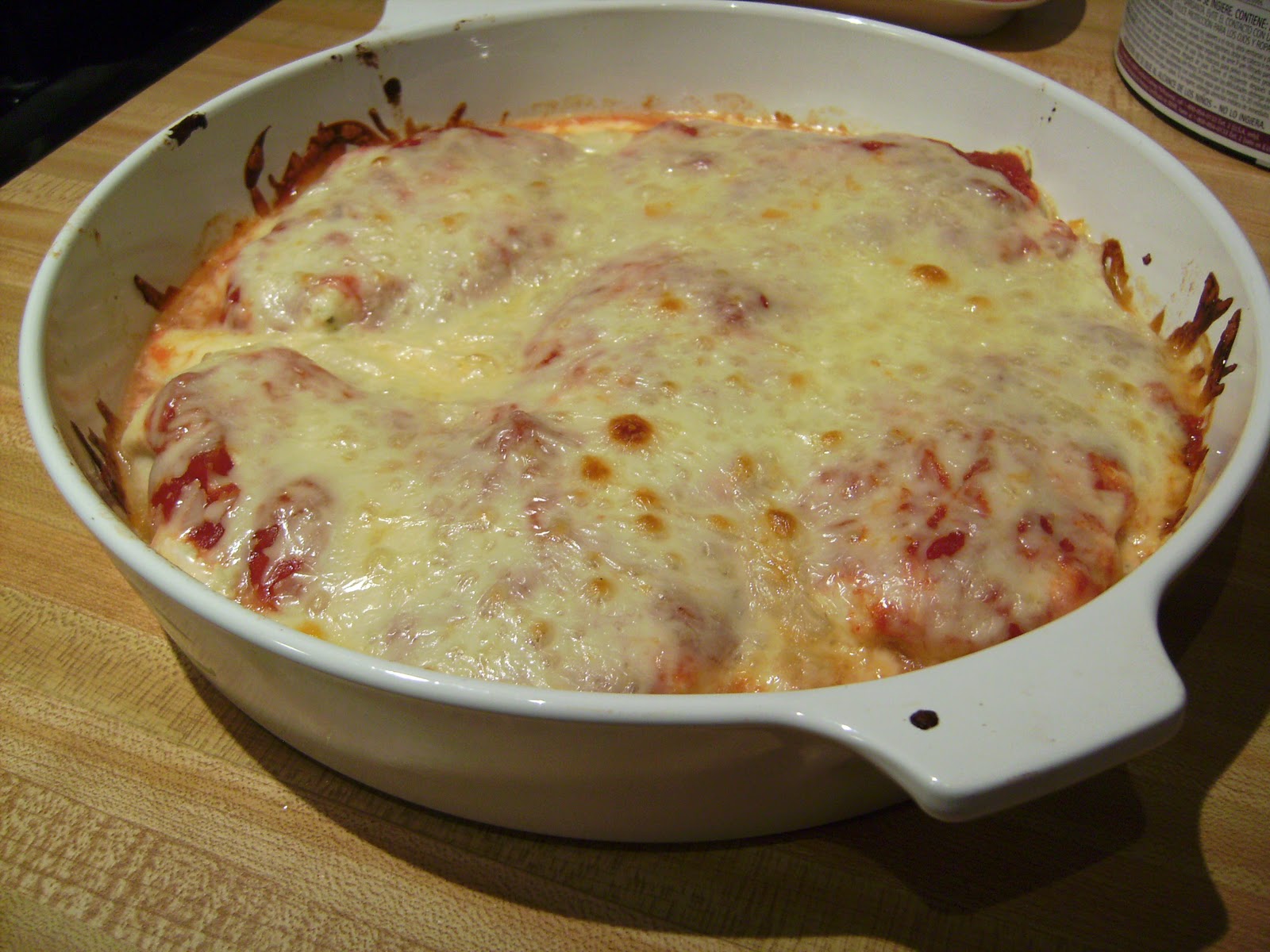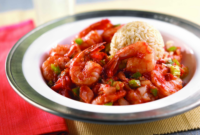South Beach Phase 1 dessert recipes offer a delicious exploration of sweet treats while adhering to the dietary restrictions of this initial phase. This guide delves into the intricacies of creating satisfying desserts using permitted ingredients, focusing on flavor combinations and presentation techniques that elevate the culinary experience without compromising the health-conscious principles of the South Beach Diet. We’ll explore fruit-based and non-fruit options, offering creative solutions for satisfying your sweet tooth while staying true to the plan.
Understanding the limitations of Phase 1, such as restricted sugars and carbohydrates, is crucial. This guide provides a comprehensive collection of recipes, focusing on utilizing natural sweeteners and healthy fats to achieve delicious results. We will examine the nutritional benefits of various ingredients and provide tips for achieving the perfect texture and flavor profile in each dessert. Furthermore, we will discuss visual presentation, serving suggestions, and photography techniques to enhance the overall enjoyment of these healthy creations.
Introduction to South Beach Phase 1 Desserts
South Beach Diet Phase 1 is a very low-carbohydrate phase designed for rapid weight loss. This initial phase restricts many foods, including most sugars and refined carbohydrates, to help the body enter ketosis, a metabolic state where it burns fat for energy. This significantly impacts dessert options, requiring creative approaches to satisfy sweet cravings without derailing the diet’s progress. Understanding the permitted and prohibited ingredients is key to enjoying delicious and compliant desserts.
The careful selection of sweeteners is paramount in Phase 1 desserts. Because the goal is to minimize carbohydrate intake and blood sugar spikes, traditional sweeteners like sucrose (table sugar) and high-fructose corn syrup are strictly off-limits. The permitted sweeteners, while still providing sweetness, have a lower glycemic index, meaning they cause a less dramatic rise in blood sugar levels. This is crucial for maintaining the metabolic state needed for effective weight loss.
Permitted and Prohibited Ingredients in South Beach Phase 1 Baking
The success of Phase 1 baking hinges on using the right ingredients. Incorrect ingredient choices can easily sabotage the diet’s effectiveness. Understanding the permitted and prohibited ingredients is therefore fundamental.
The following ingredients are generally permitted in South Beach Phase 1 baking:
- Sugar Substitutes: Stevia, erythritol, xylitol (use sparingly), and monk fruit are acceptable alternatives to sugar. Remember to check the carbohydrate content per serving, as some sugar alcohols can still have a significant impact on blood sugar levels.
- Nuts and Seeds: Almonds, walnuts, pecans, chia seeds, and flaxseeds provide healthy fats and texture. They can be used in place of flour in some recipes or added for flavor and crunch.
- Unsweetened Cocoa Powder: Adds rich chocolate flavor without added sugar.
- Unsweetened Almond Milk/Coconut Milk: These dairy-free options can be used in place of milk or cream in recipes.
- Eggs: Bind ingredients and add richness.
- Certain Fruits (in moderation): Berries like strawberries, raspberries, and blueberries are acceptable in small quantities, though their carbohydrate content should still be factored into your daily intake.
- Spices and Extracts: Vanilla extract, cinnamon, nutmeg, and other spices add flavor and complexity without adding carbohydrates.
Conversely, these ingredients are generally prohibited in South Beach Phase 1 baking:
- Sucrose (Table Sugar): High in carbohydrates and contributes significantly to blood sugar spikes.
- High-Fructose Corn Syrup: Similar to table sugar in its negative impact on blood sugar.
- White Flour/All-Purpose Flour: High in carbohydrates and low in nutritional value.
- Most Processed Foods: Pre-made mixes, packaged desserts, and most commercially available baked goods are typically high in sugar and refined carbohydrates.
Recipe Ideas
South Beach Phase 1 emphasizes low-carbohydrate, high-protein, and healthy fat intake. Fruit, while containing natural sugars, can be incorporated in moderation into this phase, offering sweetness and essential vitamins and minerals. The following recipes demonstrate delicious and compliant dessert options utilizing the natural sweetness of various fruits.
Fruit-Based Desserts: Recipes and Nutritional Information
The following table details three fruit-based dessert recipes suitable for South Beach Phase 1. Each recipe is designed to be both delicious and nutritionally beneficial, focusing on the natural sugars and fiber content of the fruits. Presentation suggestions are included to enhance the visual appeal of each dessert.
| Dessert Name | Ingredients | Instructions | Serving Size |
|---|---|---|---|
| Berry Parfait with Coconut Whipped Cream | 1 cup mixed berries (strawberries, blueberries, raspberries), 1/2 cup unsweetened shredded coconut, 1/4 cup heavy cream, 1 tbsp erythritol or stevia (optional), 1 tsp vanilla extract | 1. Whip heavy cream with sweetener and vanilla until stiff peaks form. 2. Layer berries and coconut whipped cream in a glass or bowl. 3. Repeat layers. | 1 serving |
| Grilled Pineapple with Almond Slivers | 1 ripe pineapple, sliced into rings, 1/4 cup slivered almonds, 1 tbsp coconut oil, 1 tsp cinnamon | 1. Preheat grill to medium heat. 2. Brush pineapple rings with coconut oil and sprinkle with cinnamon. 3. Grill for 2-3 minutes per side, or until grill marks appear. 4. Top with slivered almonds. | 1-2 servings (depending on pineapple size) |
| Baked Apples with Cinnamon and Walnuts | 2 medium apples (such as Granny Smith or Honeycrisp), 1/4 cup chopped walnuts, 1 tsp cinnamon, 1 tbsp lemon juice | 1. Preheat oven to 350°F (175°C). 2. Core apples, leaving the bottom intact. 3. Mix walnuts and cinnamon. 4. Fill apple cavities with walnut mixture. 5. Drizzle with lemon juice. 6. Bake for 30-40 minutes, or until apples are tender. | 2 servings |
Dessert Presentation and Nutritional Benefits
The Berry Parfait can be presented in elegant, clear glasses, layering the vibrant colors of the berries and the white coconut whipped cream for a visually appealing effect. A few extra berries can be used as a garnish. Berries are rich in antioxidants, vitamin C, and fiber.
The Grilled Pineapple can be served immediately after grilling, allowing the caramelized pineapple to retain its juicy texture and slightly smoky flavor. The contrasting textures and colors of the grilled pineapple and almonds make for a visually appealing dish. Pineapple is a good source of vitamin C and manganese.
Baked Apples can be presented in individual oven-safe ramekins for a rustic charm. A sprinkle of extra cinnamon and a few extra walnut pieces on top adds visual appeal and enhances the flavor. Apples are a good source of fiber and vitamin C. The Granny Smith apple offers a tartness that complements the cinnamon and walnuts.
Ultimate Conclusion
Ultimately, mastering South Beach Phase 1 dessert recipes empowers you to enjoy delicious and satisfying treats without derailing your dietary goals. By understanding the principles of ingredient selection, flavor balancing, and creative presentation, you can confidently craft delectable desserts that are both enjoyable and aligned with the nutritional guidelines of the South Beach Diet. This guide serves as a springboard for culinary exploration, encouraging experimentation and the development of your own unique dessert creations within the parameters of Phase 1.




